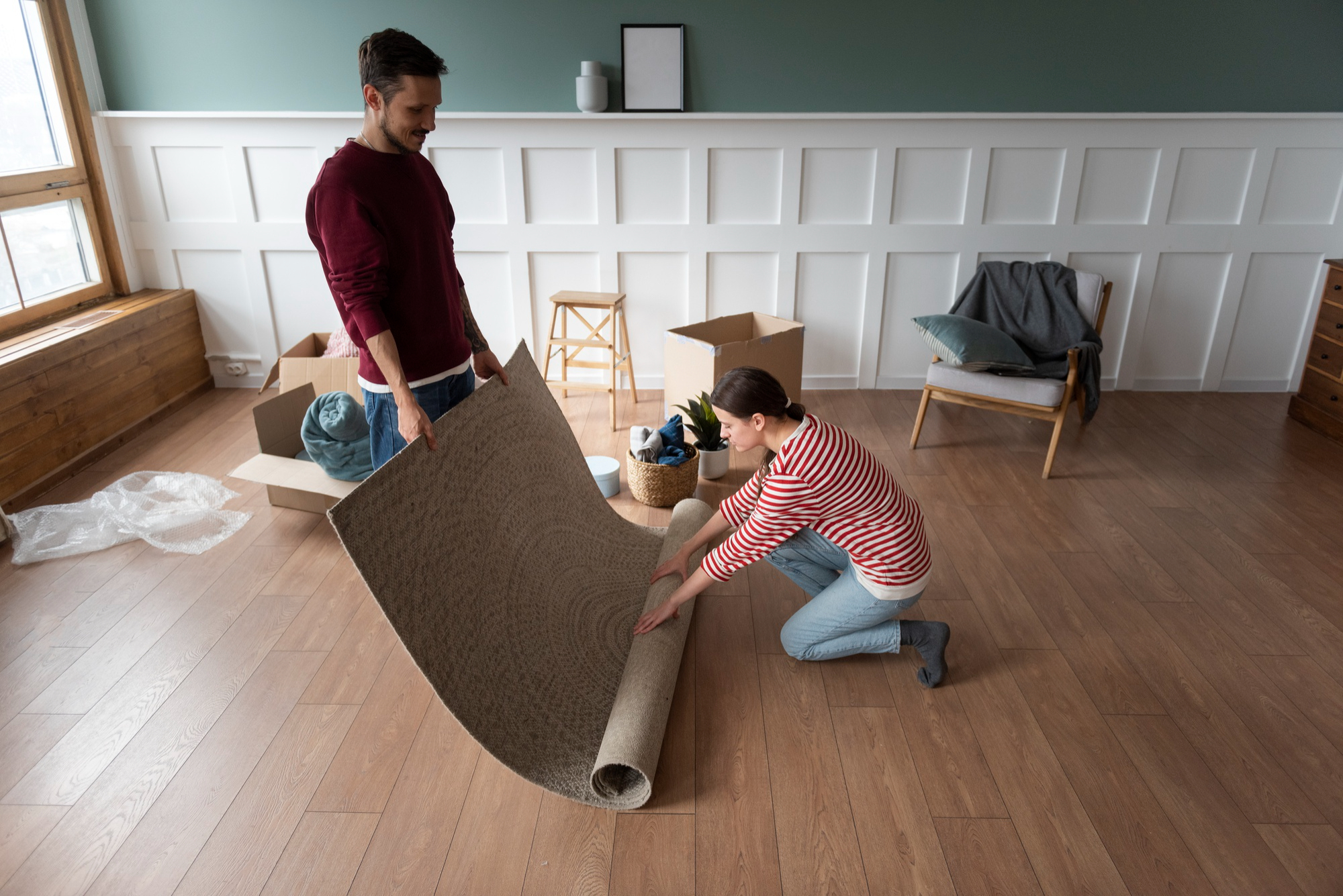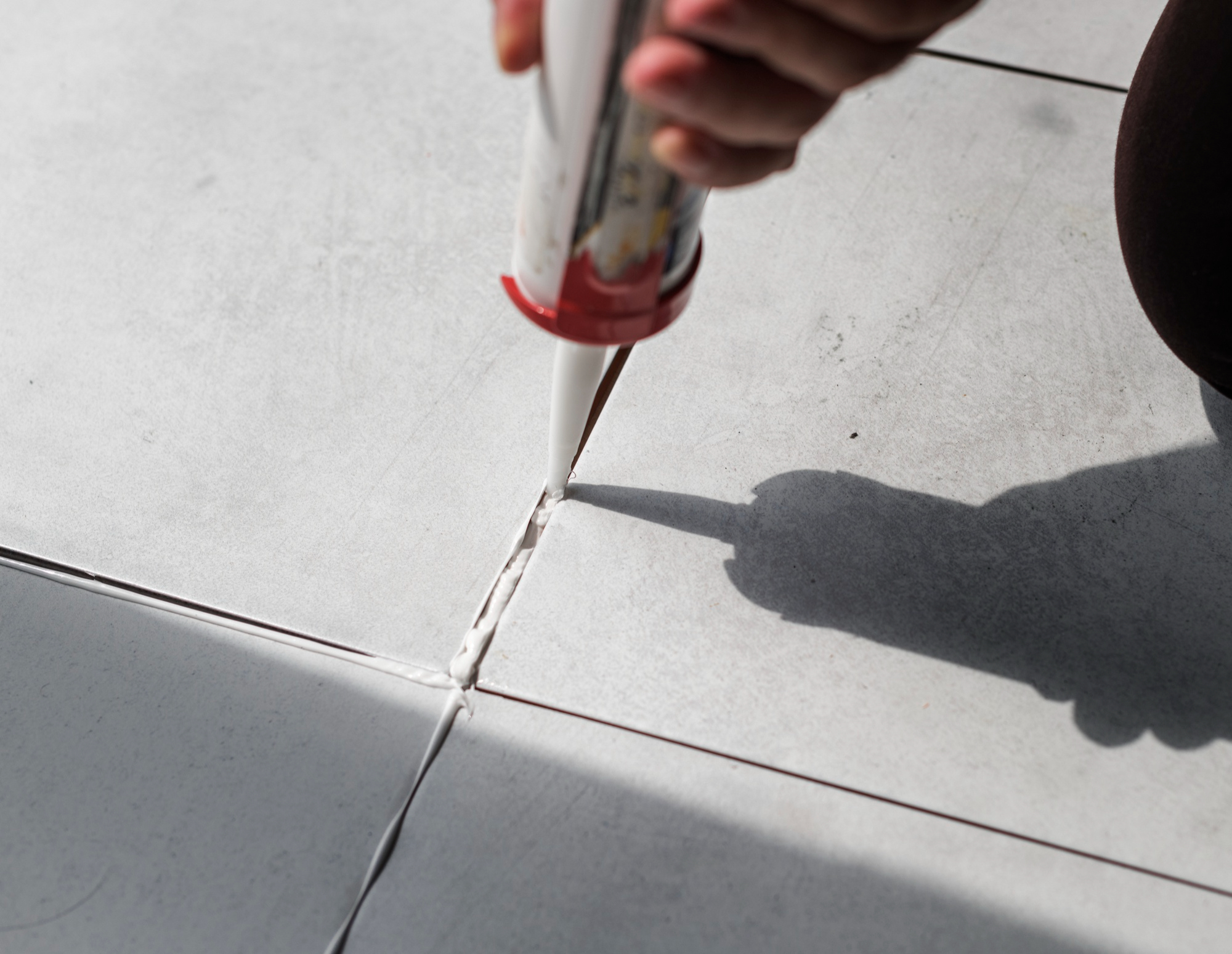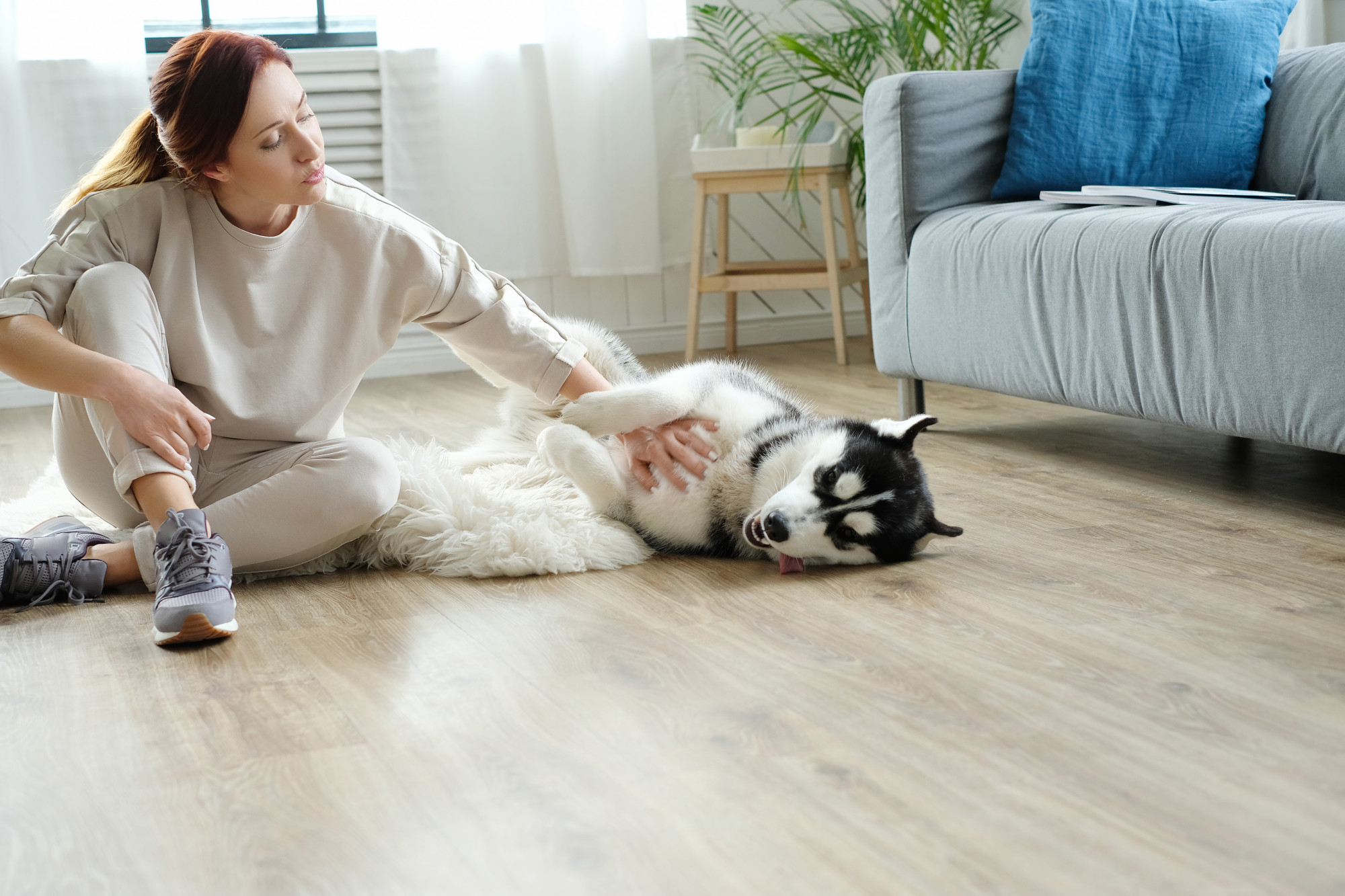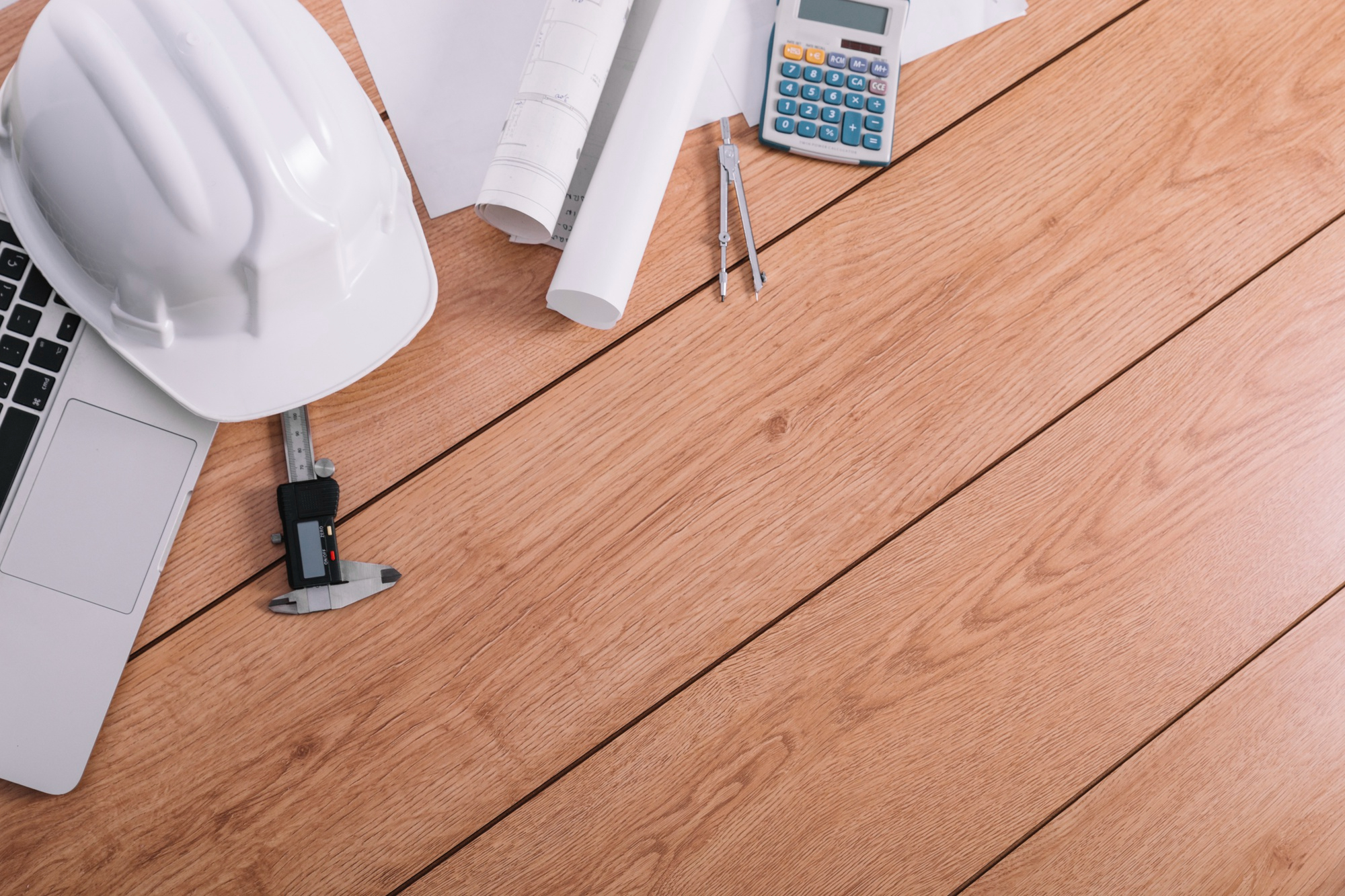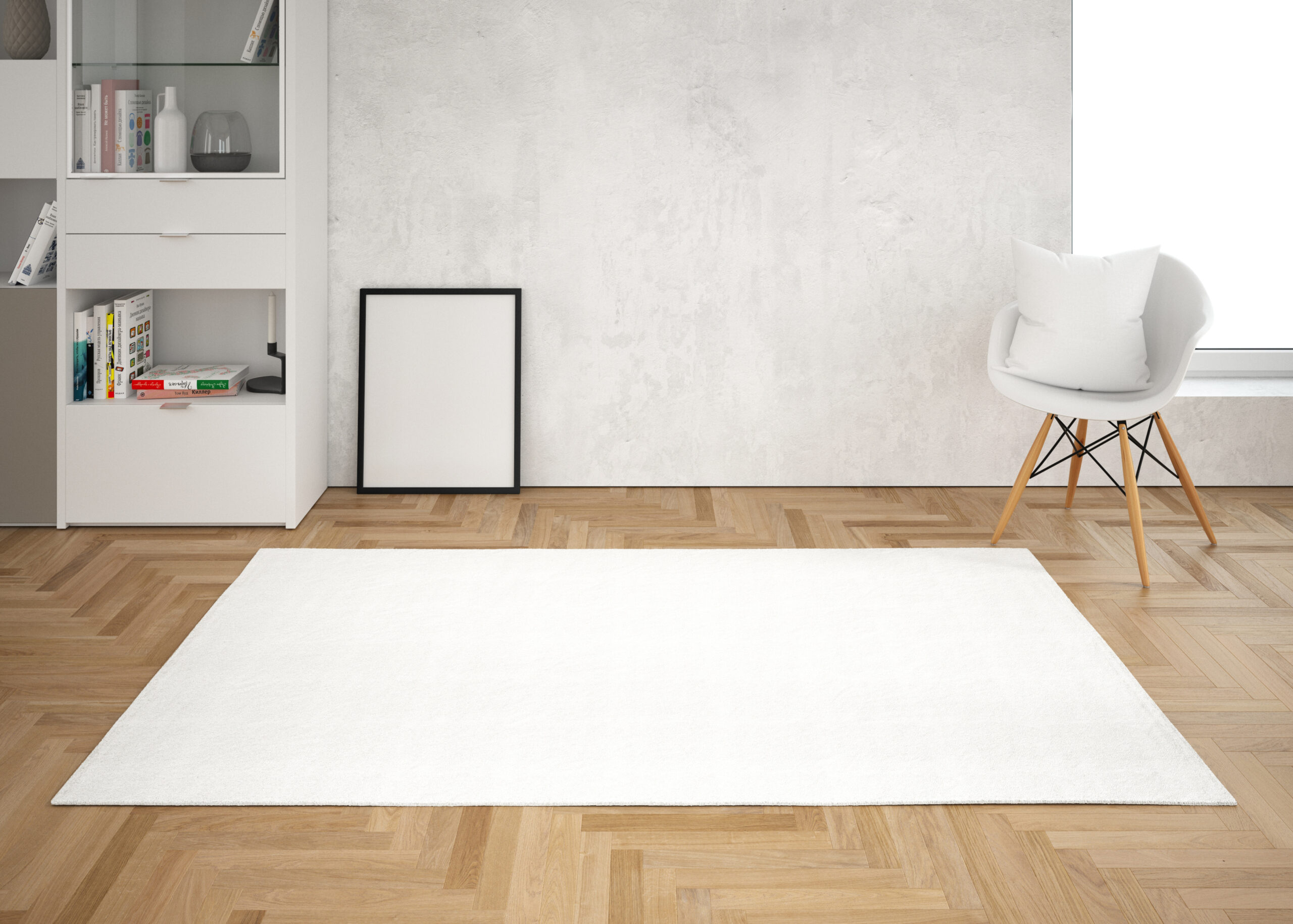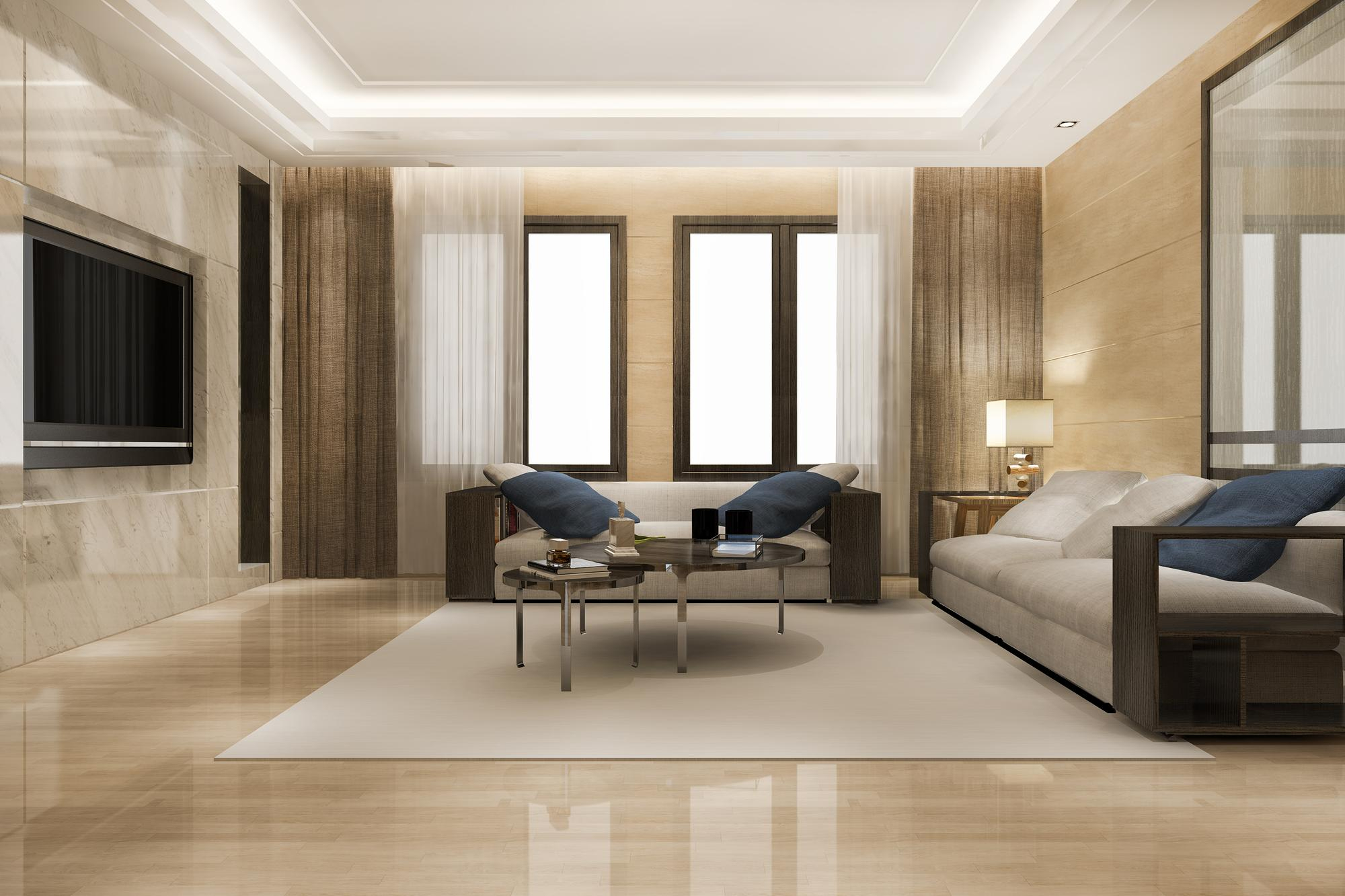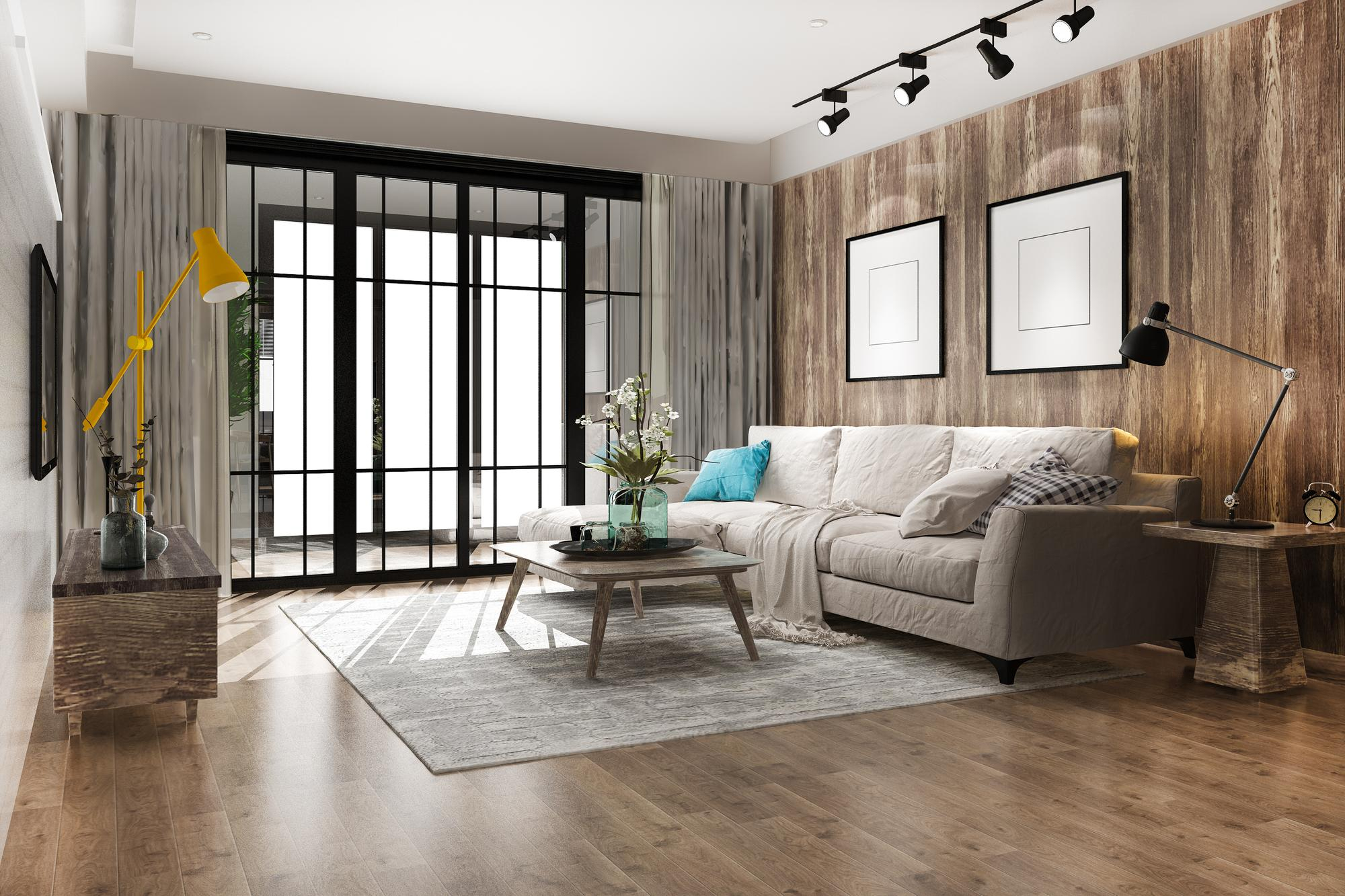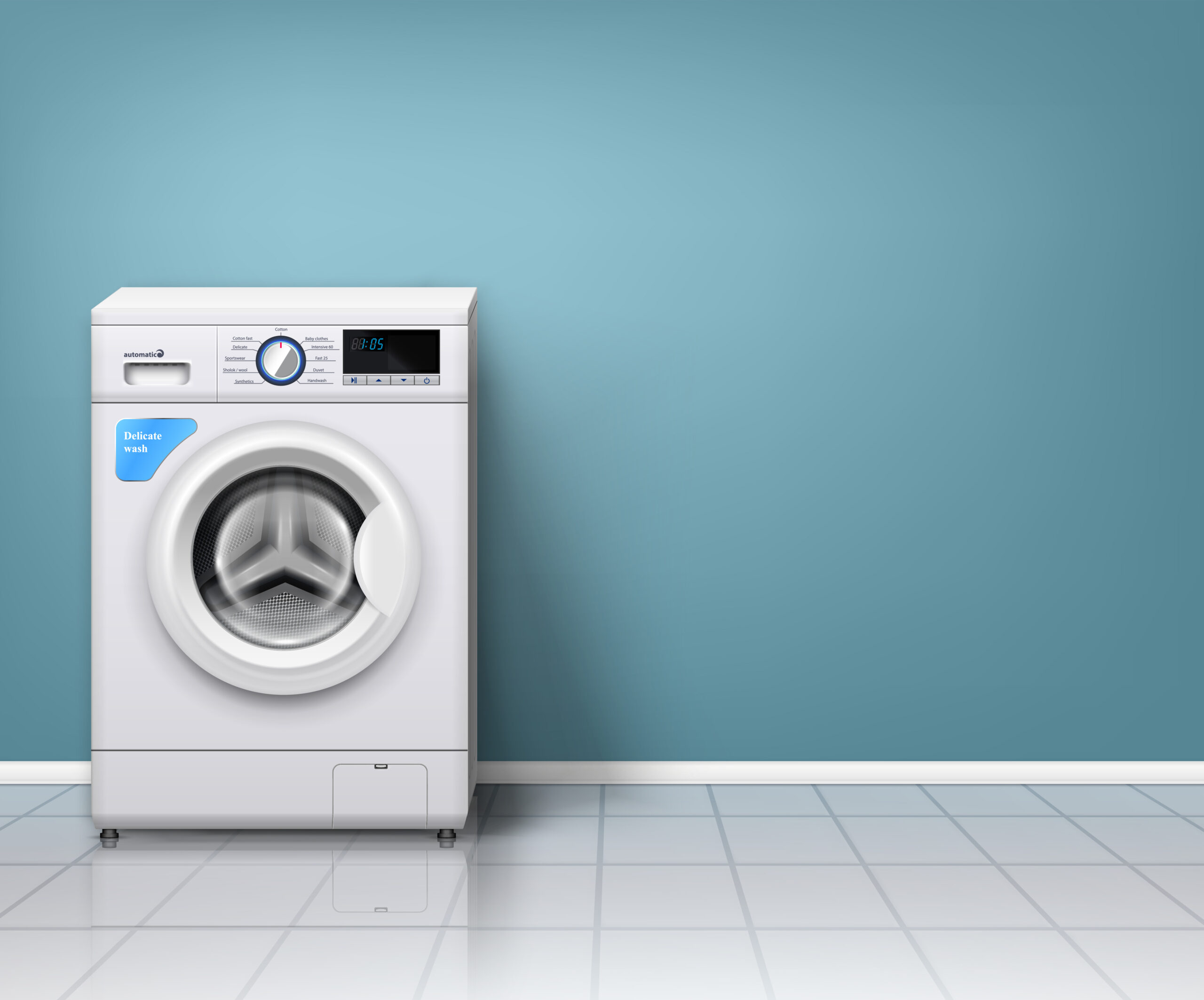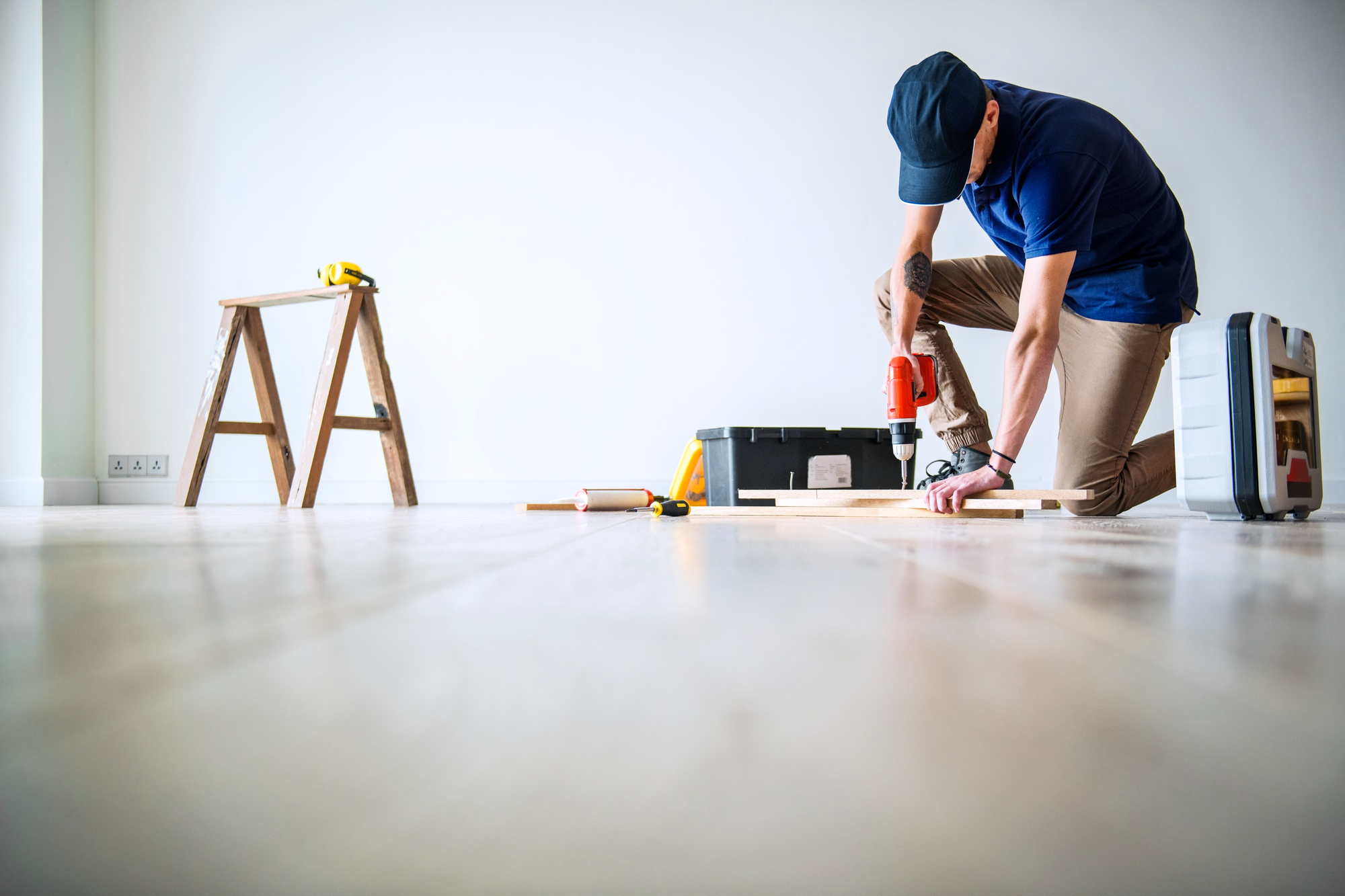How to Choose Between Carpeting and Hardwood Flooring
Choosing between carpeting and hardwood flooring can be a difficult decision for homeowners. Both options have their advantages and disadvantages, and the choice ultimately comes down to personal preferences and needs. In this article, we will discuss the factors to consider when choosing between carpeting and hardwood flooring.
- Durability
One of the most significant factors to consider when choosing between carpeting and hardwood flooring is durability. Hardwood floors are more durable than carpet and can last for decades with proper maintenance. On the other hand, carpeting can wear out over time and needs to be replaced more frequently. If you have children or pets that are prone to accidents, hardwood floors are a better option because they are easier to clean and more resistant to damage.
- Cost
The cost of carpeting and hardwood flooring can vary significantly, depending on the quality of the materials and the installation costs. Hardwood floors tend to be more expensive than carpeting, both in terms of material and installation costs. However, hardwood floors can add value to your home and may be worth the investment in the long run. If you are on a tight budget, carpeting may be a better option.
- Maintenance
Another factor to consider when choosing between carpeting and hardwood flooring is maintenance. Carpeting requires regular vacuuming and occasional deep cleaning to maintain its appearance and prevent mold and mildew. Hardwood floors require regular sweeping and mopping to keep them clean and free of scratches. If you prefer a low-maintenance option, hardwood floors are a better choice.
- Style and Design
The style and design of your home may also play a role in your decision between carpeting and hardwood flooring. Hardwood floors offer a timeless and classic look that can complement any decor style. They also come in a wide range of colors and finishes, so you can choose the perfect match for your home. Carpeting also comes in a variety of colors and styles, but it may not have the same level of elegance as hardwood floors.
- Comfort
Another factor to consider is comfort. Carpeting provides a soft and plush surface that is comfortable to walk on and can help absorb noise. Hardwood floors, on the other hand, can be cold and hard underfoot, especially during the winter months. If you prefer a cozy and comfortable atmosphere, carpeting may be a better option.
- Allergies
If you or a family member has allergies, it’s essential to consider how carpeting and hardwood flooring can affect them. Carpeting can trap dust, pet dander, and other allergens, which can exacerbate allergy symptoms. Hardwood floors are a better option for people with allergies because they do not trap allergens as easily and can be easily cleaned.
- Resale Value
Finally, it’s essential to consider the resale value of your home when choosing between carpeting and hardwood flooring. Hardwood floors can add value to your home and may make it more attractive to potential buyers. Carpeting may be a turn-off to some buyers, especially if it is worn or outdated. If you plan to sell your home in the future, hardwood floors may be a better investment.
In conclusion, choosing between carpeting and hardwood flooring comes down to personal preferences and needs. If you value durability, low maintenance, and elegance, hardwood floors may be the best option for you. If you prefer comfort, affordability, and a wide range of design options, carpeting may be a better choice. It’s important to weigh the pros and cons of each option and consider how they fit into your lifestyle and home decor. With the right choice, you can enjoy beautiful and functional flooring that meets all of your needs.
7 Causes of Cracked Tile Flooring
Tile flooring is a popular option in homes and businesses due to its durability and aesthetic appeal. However, one common issue with tile flooring is cracking. Cracked tiles not only look unsightly but can also be a safety hazard. In this article, we’ll explore seven common causes of cracked tile flooring and how to prevent them.
- Improper Installation
One of the most common causes of cracked tile flooring is improper installation. When tiles are not installed correctly, they may not adhere properly to the subfloor, which can lead to cracking. Additionally, tiles that are not spaced correctly can cause stress on the tiles, which can also result in cracking. To prevent this issue, it’s essential to hire a professional tile installer who has experience and expertise in tile installation.
- Subfloor Issues
Another common cause of cracked tile flooring is subfloor issues. If the subfloor is not level or has bumps, it can cause the tiles to crack over time. Additionally, if the subfloor is not sturdy enough to support the weight of the tiles, it can also lead to cracking. To prevent this issue, it’s essential to ensure that the subfloor is level, smooth, and sturdy before installing the tiles.
- Heavy Foot Traffic
Tiles can withstand heavy foot traffic, but over time, the constant weight and pressure can cause them to crack. This issue is especially common in commercial settings where there are many people walking on the tiles every day. To prevent this issue, it’s essential to choose tiles that are suitable for high-traffic areas and to consider using a more durable flooring option in areas with heavy foot traffic.
- Moisture
Moisture can also cause tile flooring to crack. If the subfloor or the area underneath the tiles is damp or moist, it can cause the tiles to expand and contract, which can lead to cracking. Additionally, moisture can weaken the adhesive used to install the tiles, which can also cause them to crack. To prevent this issue, it’s essential to ensure that the subfloor and area underneath the tiles are dry before installing the tiles.
- Temperature Changes
Temperature changes can also cause tile flooring to crack. When tiles are exposed to extreme temperature changes, they can expand and contract, which can lead to cracking. This issue is especially common in areas where there are significant temperature changes, such as near windows or doors. To prevent this issue, it’s essential to choose tiles that are suitable for the temperature range in your area and to ensure that the tiles are installed correctly.
- Heavy Objects
Tiles can withstand a lot of weight, but if heavy objects are dropped on them, it can cause them to crack. This issue is especially common in commercial settings where there are heavy objects, such as equipment or furniture, being moved around. To prevent this issue, it’s essential to be careful when moving heavy objects on tile flooring and to consider using a more durable flooring option in areas with heavy objects.
- Age
Over time, tile flooring can become worn and damaged, which can cause it to crack. This issue is especially common in older homes or buildings where the tiles have been in place for many years. To prevent this issue, it’s essential to ensure that the tiles are maintained and replaced when necessary. Additionally, it’s important to choose tiles that are suitable for the lifespan of your home or building.
In conclusion, cracked tile flooring can be a frustrating issue to deal with, but by understanding the common causes and taking preventative measures, you can avoid this problem. Whether you’re installing new tile flooring or maintaining existing flooring, it’s essential to work with a professional who has experience and expertise in tile installation and maintenance. With the right care and attention, tile flooring can be a durable and beautiful flooring option for your home or business.
Durable Hardwood Floors for Dog Owners
Dogs are known for being man’s best friend, but they can also be a hardwood floor’s worst enemy. With their sharp claws and playful nature, dogs can easily scratch, dent, and stain hardwood floors. However, being a dog owner doesn’t mean you have to give up on having beautiful hardwood floors in your home. In this article, we’ll explore the most durable hardwood floors for dog owners.
- Brazilian Walnut (Ipe)
Brazilian Walnut, also known as Ipe, is one of the most durable hardwood flooring options available. It’s a dense, hard, and strong wood that’s resistant to scratches, dents, and stains. Brazilian Walnut is also naturally resistant to insects and moisture, which makes it a great option for homes with dogs. Additionally, Brazilian Walnut has a unique, dark brown color with streaks of lighter tones, which adds a touch of elegance and sophistication to any home.
- Hickory
Hickory is another durable hardwood flooring option that’s great for dog owners. It’s a dense, hard, and strong wood that’s resistant to scratches and dents. Hickory also has a unique grain pattern with a mix of light and dark tones, which adds character and charm to any home. Additionally, hickory is available in a wide range of colors and finishes, which makes it easy to find a style that fits your home’s decor.
- White Oak
White Oak is a durable and strong hardwood flooring option that’s resistant to scratches and dents. It has a unique grain pattern with a mix of light and dark tones, which adds warmth and character to any home. White Oak is also a popular choice for dog owners because it’s resistant to moisture and can withstand heavy foot traffic. Additionally, White Oak is available in a variety of finishes, including natural, stained, and wire-brushed, which makes it easy to find a style that fits your home’s decor.
- Maple
Maple is a dense, hard, and strong hardwood flooring option that’s great for dog owners. It’s resistant to scratches and dents, and it has a consistent, uniform grain pattern that adds a clean and modern look to any home. Maple is also resistant to moisture and can withstand heavy foot traffic, which makes it a great option for homes with dogs. Additionally, maple is available in a wide range of colors and finishes, which makes it easy to find a style that fits your home’s decor.
- Bamboo
Bamboo is a sustainable and eco-friendly hardwood flooring option that’s great for dog owners. It’s a dense, hard, and strong wood that’s resistant to scratches, dents, and stains. Bamboo is also naturally resistant to moisture and insects, which makes it a great option for homes with dogs. Additionally, bamboo has a unique and modern look that adds a touch of sophistication to any home.
- Engineered Hardwood
Engineered hardwood is a durable and versatile hardwood flooring option that’s great for dog owners. It’s made of a thin layer of hardwood on top of a core of high-density fiberboard or plywood, which makes it more resistant to moisture and warping than solid hardwood. Engineered hardwood is also available in a wide range of colors and finishes, which makes it easy to find a style that fits your home’s decor. Additionally, engineered hardwood can be sanded and refinished multiple times, which extends its lifespan and makes it a great long-term investment for your home.
Types of Safety Flooring for Aging in Place
Aging in place is a popular trend that allows seniors to stay in their own homes as they age. However, one of the biggest challenges of aging in place is ensuring the safety of the home environment. This is especially important when it comes to flooring, as slips and falls can cause serious injuries for seniors. Safety flooring is a crucial component of an aging-in-place home, and there are several types of safety flooring options available. In this article, we’ll explore the most popular types of safety flooring for aging in place.
- Non-Slip Vinyl Flooring
Vinyl flooring is a popular option for aging in place homes because it’s affordable, easy to install, and low-maintenance. However, not all vinyl flooring is created equal when it comes to safety. Non-slip vinyl flooring is a specially designed vinyl flooring that has a textured surface to prevent slips and falls. The textured surface provides additional traction and grip, making it easier for seniors to walk without fear of falling. Non-slip vinyl flooring is also resistant to water and moisture, which makes it a great option for bathrooms, kitchens, and other areas where spills are common.
- Rubber Flooring
Rubber flooring is another popular option for aging in place homes because it’s slip-resistant, durable, and easy to clean. Rubber flooring comes in a variety of styles, including interlocking tiles and rolls, and is available in a wide range of colors and patterns. Rubber flooring is also shock-absorbent, which can help prevent injuries in the event of a fall. Additionally, rubber flooring is resistant to water and moisture, which makes it a great option for bathrooms, kitchens, and other areas where spills are common.
- Cork Flooring
Cork flooring is a natural and eco-friendly option for aging in place homes. Cork flooring is soft and cushioned, which makes it comfortable for seniors to walk on. Cork flooring is also slip-resistant, which makes it a safe choice for aging in place homes. Cork flooring is also easy to clean and maintain, and it’s naturally resistant to mold and mildew. Additionally, cork flooring has natural sound-absorbing properties, which can help reduce noise levels in the home.
- Bamboo Flooring
Bamboo flooring is a sustainable and eco-friendly option for aging in place homes. Bamboo flooring is durable and strong, which makes it a great option for high-traffic areas. Bamboo flooring is also naturally resistant to water and moisture, which makes it a great option for bathrooms, kitchens, and other areas where spills are common. Additionally, bamboo flooring is easy to clean and maintain, and it comes in a variety of colors and patterns.
- Carpet Tiles
Carpet tiles are a great option for aging in place homes because they provide a soft and comfortable surface to walk on, while also being slip-resistant. Carpet tiles are available in a variety of colors and patterns, which makes it easy to find a style that fits your home’s decor. Additionally, carpet tiles are easy to replace if they become stained or damaged, which makes them a low-maintenance option for aging in place homes.
- Cork-Rubber Composite Flooring
Cork-rubber composite flooring is a hybrid flooring option that combines the best features of cork and rubber flooring. Cork-rubber composite flooring is soft and cushioned, which makes it comfortable for seniors to walk on. It’s also slip-resistant, which makes it a safe choice for aging in place homes. Additionally, cork-rubber composite flooring is eco-friendly, durable, and easy to clean and maintain.
6 Reasons to Replace Carpet Flooring
Carpet is a popular flooring option due to its softness, warmth, and ability to muffle sound. However, over time, carpet can become worn, stained, and outdated. If you are considering replacing your carpet flooring, here are six reasons why it may be time to make the switch.
- Wear and Tear
Carpet is not as durable as other flooring options, such as hardwood or tile. Over time, carpet fibers can become worn and matted, leading to an unsightly appearance. High-traffic areas, such as hallways and living rooms, are particularly susceptible to wear and tear. Replacing your carpet with a more durable flooring option can save you time and money on future repairs and replacements.
- Stains and Odors
Carpet is also prone to stains and odors, particularly in households with pets and children. Even with regular cleaning, carpets can harbor dirt, allergens, and bacteria that can cause unpleasant odors. Stains from spills and accidents can be difficult to remove, leaving unsightly marks on your carpet. Replacing your carpet with a more stain-resistant flooring option, such as luxury vinyl or hardwood, can eliminate these issues and make your home healthier and more hygienic.
- Allergies and Asthma
Carpet can be a breeding ground for allergens, such as dust mites and pet dander. These allergens can exacerbate allergies and asthma symptoms, leading to respiratory issues and discomfort. Replacing your carpet with a hard surface flooring option, such as tile or hardwood, can reduce the amount of allergens in your home and improve your indoor air quality.
- Outdated Style
Carpet styles and colors can quickly become outdated, making your home look old-fashioned and tired. Replacing your carpet with a modern flooring option, such as luxury vinyl or tile, can instantly update your home’s appearance and increase its value.
- Pet Damage
Pets can cause damage to carpet flooring, such as scratches, stains, and odors. Even with regular cleaning and maintenance, it can be difficult to fully remove these issues. Replacing your carpet with a more pet-friendly flooring option, such as luxury vinyl or tile, can eliminate these problems and make your home more durable and hygienic for your furry friends.
- Improved Resale Value
If you are considering selling your home in the near future, replacing your carpet with a more modern and durable flooring option can improve your home’s resale value. Homebuyers tend to prefer hardwood, tile, and luxury vinyl flooring, which can increase your home’s appeal and value on the market.
In conclusion, there are several compelling reasons to replace carpet flooring, including wear and tear, stains and odors, allergies and asthma, outdated style, pet damage, and improved resale value. If you are considering replacing your carpet, explore your options for hard surface flooring, such as hardwood, tile, and luxury vinyl, which can offer a more durable, hygienic, and modern flooring solution for your home.
Pros and Cons of Luxury Vinyl Flooring
Luxury vinyl flooring (LVF) has been gaining popularity as a flooring option due to its durability, water resistance, and affordability. However, as with any flooring option, there are pros and cons to consider before making a decision. In this article, we will discuss the pros and cons of luxury vinyl flooring to help you make an informed decision.
Pros of Luxury Vinyl Flooring
- Durability
One of the main advantages of LVF is its durability. It is made of several layers of materials, including a thick wear layer that resists scratches, dents, and stains. This makes it a great option for high-traffic areas and homes with children and pets.
- Water Resistance
LVF is also water-resistant, making it a great option for bathrooms, kitchens, and other areas where moisture is common. It can withstand spills and splashes without warping or staining, making it a low-maintenance flooring option.
- Easy to Clean
LVF is easy to clean and maintain. It can be swept or vacuumed regularly to remove dirt and debris, and can be mopped with a damp mop when needed. Unlike hardwood flooring, LVF does not require refinishing or resealing.
- Variety of Styles and Designs
LVF comes in a wide variety of styles and designs, including wood and tile looks. This makes it easy to find a style that matches your decor and personal preferences. Some LVF can even mimic the look and feel of natural materials like hardwood and stone.
- Affordability
LVF is generally less expensive than other flooring options, such as hardwood and ceramic tile. This makes it a great option for homeowners on a budget who still want the look and durability of high-end flooring.
Cons of Luxury Vinyl Flooring
- Not as Durable as Hardwood or Tile
While LVF is durable, it is not as durable as hardwood or tile flooring. It can still be scratched or dented, especially if heavy furniture is dragged across the surface. It is also not recommended for outdoor use or areas with extreme temperature changes.
- Not as Eco-Friendly as Other Options
LVF is not as eco-friendly as other flooring options, such as bamboo or cork. It is made of synthetic materials, which can take longer to break down in landfills. However, some manufacturers are starting to produce LVF using more eco-friendly materials.
- Can be Slippery
LVF can be slippery when wet, which can be a concern for households with young children or older adults. It is important to choose a textured or slip-resistant LVF for areas where slips and falls are a concern.
- Limited Resale Value
LVF is not as valuable as hardwood or tile flooring when it comes to resale value. While it is a durable and affordable option, it may not add as much value to your home as other flooring options.
- Can Emit VOCs
Some LVF can emit volatile organic compounds (VOCs), which can be harmful to indoor air quality. It is important to choose an LVF with a low VOC content or to allow for proper ventilation during installation.
Conclusion
Luxury vinyl flooring is a durable, water-resistant, and affordable flooring option that comes in a wide variety of styles and designs. While it may not be as durable as hardwood or tile flooring and may emit VOCs, it is a great option for homeowners on a budget who still want the look and durability of high-end flooring. When considering LVF, it is important to weigh the pros and cons and choose a style that matches your decor and personal preferences.
5 Ways to Protect Hardwood Flooring
Hardwood flooring is a popular choice for many homeowners due to its durability, beauty, and longevity. However, maintaining and protecting hardwood flooring is essential to ensure its longevity and beauty. Hardwood floors can become scratched, dented, or discolored over time due to daily wear and tear, spills, and pet accidents. In this article, we will discuss five ways to protect hardwood flooring and keep it looking its best.
- Regular Cleaning
One of the most important things you can do to protect your hardwood flooring is to keep it clean. Dirt and debris can scratch and dull the surface of your floors over time. Regularly sweeping, dusting, or vacuuming your hardwood floors can remove any loose debris that may cause scratches. Be sure to use a soft-bristled broom or vacuum attachment to avoid scratching the floors.
In addition to dry cleaning, you should also mop your hardwood floors regularly. Use a damp mop and a hardwood floor cleaner recommended by the manufacturer. Avoid using harsh chemicals or excessive water when cleaning your floors as this can damage the wood.
- Protect from Furniture Scratches
Furniture is another common culprit of hardwood floor damage. You can protect your hardwood floors from scratches by placing felt pads on the bottom of furniture legs. These pads act as a buffer between the furniture and the floor, preventing scratches and dents. You can purchase felt pads at most hardware stores or online.
In addition to felt pads, you can also use area rugs or furniture coasters to protect your hardwood floors from scratches. Place an area rug under high-traffic areas or in front of furniture to prevent scratches from foot traffic. Furniture coasters, which are typically made of rubber or felt, can also be placed under furniture legs to protect the floors.
- Use Mats and Rugs
Water and moisture can also damage hardwood flooring over time. Placing mats or rugs at entryways and high-traffic areas can prevent dirt and moisture from being tracked onto the floors. Mats and rugs can also protect your hardwood floors from spills and pet accidents.
Be sure to choose mats and rugs with a non-slip backing to prevent slips and falls. Avoid using mats or rugs with rubber or latex backing, as this can cause discoloration or damage to the wood. Instead, opt for natural fiber rugs, such as jute or cotton.
- Maintain Humidity Levels
Hardwood flooring is sensitive to changes in humidity levels. In low humidity environments, hardwood floors can shrink and develop gaps between the boards. In high humidity environments, hardwood floors can expand and warp.
To protect your hardwood flooring, maintain a consistent humidity level of 35-55%. You can use a humidifier or dehumidifier to maintain optimal humidity levels. Be sure to follow the manufacturer’s instructions and maintain the unit regularly to prevent mold or bacteria growth.
- Refinish and Seal
If your hardwood floors have scratches or discoloration, refinishing and sealing the floors can restore their beauty and protect them from further damage. Refinishing involves sanding down the floors and applying a new stain and finish. This process can remove scratches and dents and give the floors a new look.
Sealing the floors after refinishing can also protect them from water damage and scratches. A high-quality sealant can provide an extra layer of protection to your hardwood flooring, helping to extend its life and beauty.
Conclusion
Hardwood flooring is a beautiful and durable option for many homeowners. However, it requires regular maintenance and protection to keep it looking its best. Regular cleaning, protecting from furniture scratches, using mats and rugs, maintaining humidity levels, and refinishing and sealing the floors are all important ways to protect your hardwood flooring. By following these tips, you can extend the life of your hardwood floors and enjoy their beauty for years to come
How to Choose Laundry Room Flooring?
Choosing the right flooring for your laundry room can be a daunting task. The laundry room is often a high-traffic area that is exposed to water, moisture, and chemicals from laundry detergents and fabric softeners. Therefore, it’s important to choose a flooring material that can withstand these factors and is easy to maintain. In this article, we’ll discuss some factors to consider when choosing laundry room flooring and some popular flooring options.
Factors to Consider When Choosing Laundry Room Flooring
- Durability: The laundry room is a high-traffic area that is subjected to water, moisture, and chemicals. Therefore, it’s important to choose a flooring material that is durable and can withstand these factors without deteriorating over time.
- Water resistance: The laundry room is a wet area, and spills and leaks are inevitable. Therefore, it’s important to choose a flooring material that is water-resistant and can withstand exposure to water without warping, swelling, or discoloring.
- Maintenance: The laundry room is also a space that requires frequent cleaning. Therefore, it’s important to choose a flooring material that is easy to maintain and clean.
- Style: The laundry room is often an overlooked space in the house when it comes to interior design. However, with the right flooring, you can add style and personality to the room.
Popular Laundry Room Flooring Options
- Ceramic or Porcelain Tile: Tile is a popular choice for laundry room flooring because it’s durable, water-resistant, and easy to clean. It’s also available in a variety of styles, colors, and patterns, allowing you to add some personality to your laundry room. Ceramic and porcelain tiles are both good options, with porcelain being slightly more durable and water-resistant.
- Vinyl: Vinyl flooring is another popular option for laundry rooms because it’s affordable, durable, and water-resistant. It’s also easy to maintain and comes in a wide variety of styles, colors, and patterns. Vinyl flooring can be either sheet vinyl or vinyl tiles, with vinyl tiles being easier to install and replace if damaged.
- Laminate: Laminate flooring is another affordable option for laundry rooms that is durable and water-resistant. It’s also available in a variety of styles and colors, including wood and stone looks. Laminate flooring is easy to install and maintain, but it can be prone to scratching and warping if exposed to excessive moisture.
- Natural Stone: Natural stone flooring, such as granite or marble, can add a touch of elegance to your laundry room. Natural stone is durable and water-resistant, but it can be expensive and requires periodic sealing to maintain its appearance.
- Concrete: Concrete flooring is a durable and low-maintenance option for laundry rooms. It’s water-resistant and can be stained or painted to add some style to the room. However, concrete can be hard on your feet and may require the installation of an underlayment to provide some cushioning.
Conclusion
Choosing the right flooring for your laundry room is an important decision that requires careful consideration of factors such as durability, water resistance, maintenance, and style. Ceramic or porcelain tile, vinyl, laminate, natural stone, and concrete are all popular options that offer a range of benefits and drawbacks. By considering your specific needs and preferences, you can choose a flooring material that meets your requirements and adds some personality to your laundry room.
What to Do in Your House during Remodeling
Remodeling your home can be an exciting and rewarding experience, but it can also be a challenging one, especially when it comes to living in the house while the work is being done. Here are some tips on what to do in your house during remodeling:
- Designate a specific area for living: During remodeling, it’s essential to have a designated space to live, eat, and sleep in. This area should be away from the construction and preferably on a different floor or part of the house. If possible, set up a temporary kitchenette with a microwave, small refrigerator, and sink. This will allow you to stay comfortable and safe while the work is being done.
- Protect your belongings: It’s essential to protect your furniture, floors, and belongings during remodeling. Cover your furniture with plastic or drop cloths and remove any fragile items from the work area. This will help prevent damage to your belongings and make it easier to clean up once the work is done. If you’re storing items, consider renting a storage unit or using a pod to keep your belongings safe.
- Communicate with your contractor: Communication is key during remodeling. Keep in touch with your contractor and let them know if you have any concerns or questions. This will help ensure that the work is done to your satisfaction and on schedule. Ask your contractor to provide you with regular updates on the progress of the work and what to expect in the coming days.
- Plan ahead: Plan ahead for meals and storage of food, as remodeling can disrupt your kitchen and dining areas. Consider setting up a temporary kitchenette in another part of the house or using a grill or slow cooker for meals. Plan your grocery shopping ahead of time and stock up on non-perishable items. You may also want to consider ordering takeout or going out to eat more frequently than usual.
- Stay safe: During remodeling, it’s essential to stay safe. Wear protective gear such as gloves, safety glasses, and a mask when working in the construction area. Also, be mindful of any hazardous materials or tools and keep them out of reach of children and pets. If you have any concerns about safety, talk to your contractor and make sure that safety precautions are being taken.
- Be flexible: Remodeling can be a messy and noisy process, and unexpected issues can arise. Be prepared to be flexible and adaptable during the remodeling process. Try to stay positive and keep your eye on the end goal of having a beautiful and functional home.
- Manage your stress: Remodeling can be a stressful process, so it’s essential to take care of yourself during this time. Take breaks when you need them, and find ways to relax and destress, such as taking a walk, practicing yoga, or reading a book. If you’re feeling overwhelmed, talk to a friend or family member or seek the help of a mental health professional.
In summary, during remodeling, it’s important to designate a specific living area, protect your belongings, communicate with your contractor, plan ahead for meals, and stay safe. Be flexible, manage your stress, and remember that the end result will be a beautiful and functional home that you’ll love for years to come. With these tips in mind, you can make the remodeling process as smooth and stress-free as possible.
Hello world!
Welcome to WordPress. This is your first post. Edit or delete it, then start writing!

